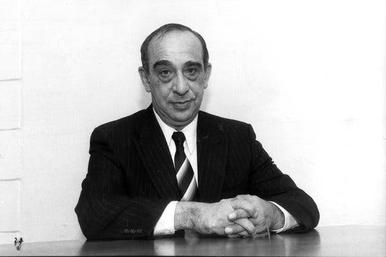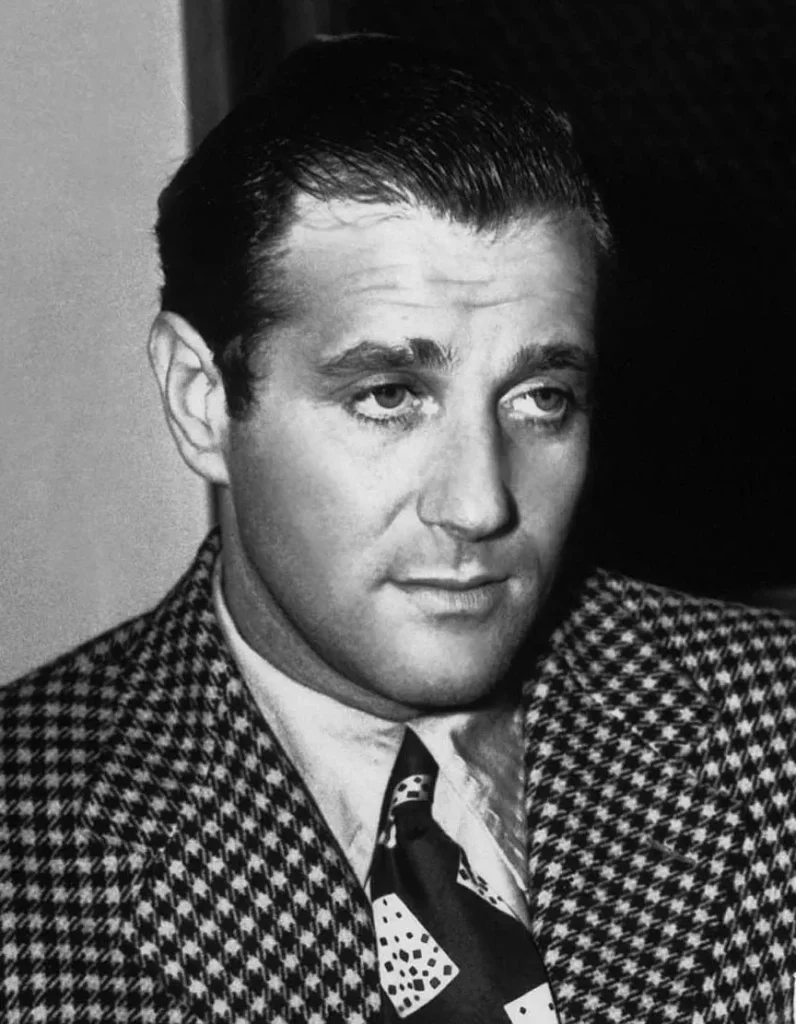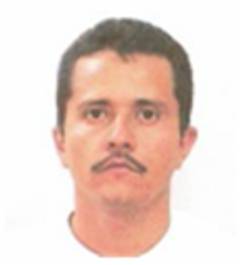Last updated on May 16th, 2024 at 09:24 pm
The Mob is one of the most heavily glamorized and popularized ideas of organized crime. When you picture a mob boss, you probably think of a well-dressed New Yorker with a cigar in one hand and a gun in the other, spitting biting one-liners before murdering someone in the dead of night, only to get away with it scott-free.
While there is a certain level of glitz and glamor to the history of the Mafia and its relatives around the world, there’s also a high level of scandal, intrigue, political divide, and danger that extends into modern times. With that level of notoriety, it would be impossible for there to not be at least a few famous names to recount.
That being said, here are the 21 most infamous mob bosses of all time.
Al Capone
The first name that everyone thinks of when you say “mob boss” or “gangster” is Al Capone. So, obviously, our list begins with him.
Born in 1899 in Brooklyn, NY, Capone came from an Italian immigrant family and grew up in the city’s rougher ports. As a young man, he got into a fight that left him with a knife wound that scarred his left cheek, leading to his infamous nickname, “Scarface.” At 14, he met up with Johnny Torrio and shortly after joined what would become the Five Points Gang.
After a short stint as a bookkeeper, Capone followed Torrio out to Chicago where, during the heyday of Prohibition, he became a powerful bootlegger running a massive mob network.
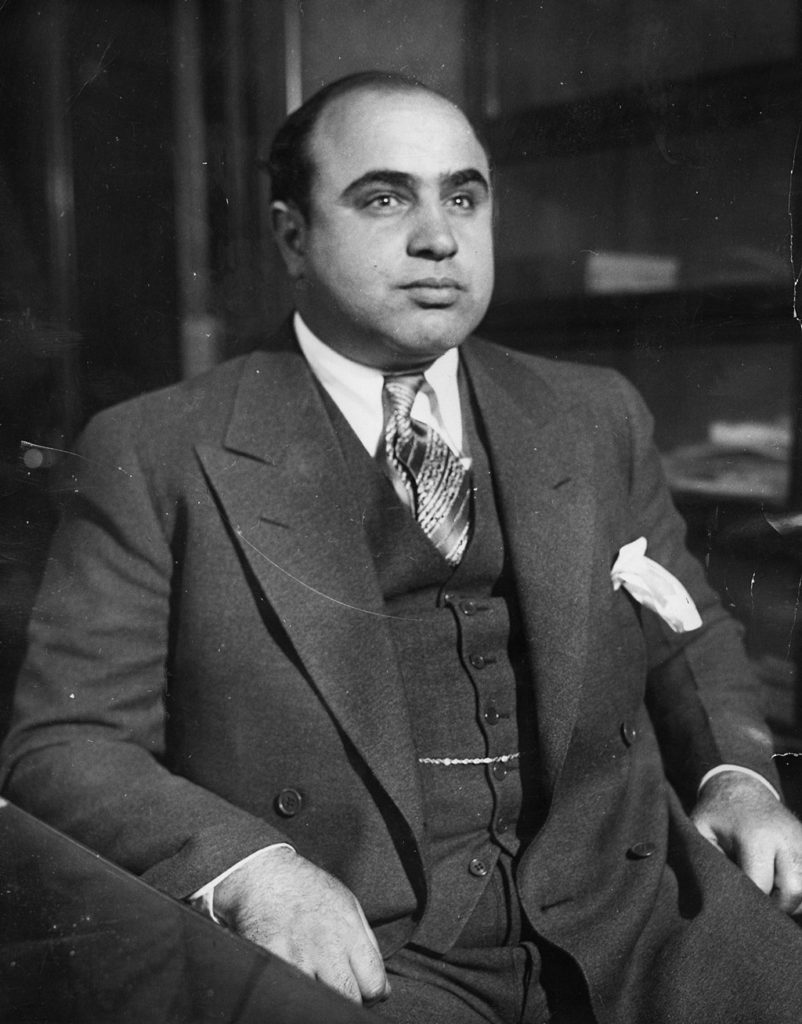
He became known as a man not at all above using violence to achieve the means to his ends – the Saint Valentine’s Day Massacre in 1929 earned him the label of “Public Enemy No. 1,” which he kept throughout his life.
Weirdly enough, though, his gang activity wasn’t what landed him in prison. He was arrested and charged with tax evasion in 1931, and sentenced to 11 years behind bars.
He started his sentence in Atlanta, but was quickly moved to his infamous cell in Alcatraz in San Francisco, where he remained until shortly before his death in 1947 from cardiac arrest.
Semion Mogilevich
Moving forward to the current time, Semion Mogilevich is a modern “mob boss” or organized crime leader who is currently on the FBI’s most wanted list.
He was born in Kyiv, Ukraine, and graduated with a degree in economics from the University of Lviv. He’s been married three times, and is still currently married to Katalin Papp according to all known reports. Strangely enough, Mogilevich is believed to currently be living freely in Russia with his three children, though his exact whereabouts are, of course, unknown.
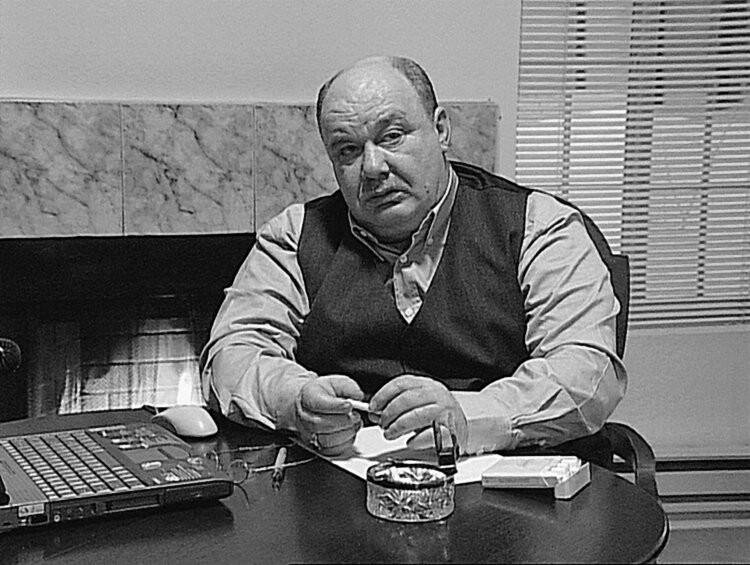
Since 1993, he’s been implicated in fraud schemes in Canada and the United States, among others, with totals in the millions at the least.
He’s believed to have a massive number of family members in high places across his organization. Moglievich is considered the leader of the Russian mafia across the world and has been labeled as the most dangerous mobster alive today. His crimes include, but aren’t limited to:
- Mail and money fraud,
- Money laundering,
- Arms, drug, and human trafficking,
- Murder
He’s also suspected to have at least three different passports and uses at least eight different aliases. The current offered reward for information that may lead to his arrest is $5 million.
Shigeharu Shirai
Shigeharu Shirai is a former boss for the Yakuza – a Japanese organized crime circuit that’s believed to have been in existence for at least three centuries but has ties dating back as early as 1612, according to some sources.
Shirai was allegedly (it’s never been 100% confirmed) the leader of the Yamaguchi-gumi faction, and is accused of killing the deputy to another faction’s leader, a gangster by the name of Kashihiko Otobe, in 2003.
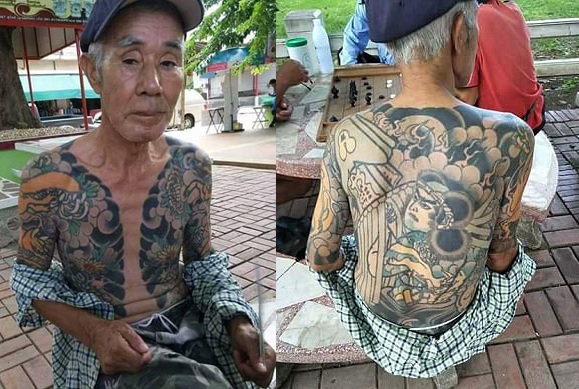
Other members of his faction were captured in relation to the murder, and some of them were given prison sentences of up to 17 years for their crimes. Shirai was able to escape the authorities, however, and kept an extremely low-profile for more than a decade.
What got him caught? In 2018, a Thai local saw Shirai playing a card game at the side of the road. Unaware of his identity but interested in his full-torso tattoos, the local took pictures of Shirai and posted them online.
This led authorities to be able to identify him and quickly apprehend him in Lopburi, in Bangkok. He was extradited to Japan to face murder charges.
Matteo Messina Denaro
Yet another FBI’s most wanted member, Matteo Messina Denaro was born in Sicily to an already established mafia family. He was a killer by 18, and is accused of murdering at least 50 people. He was once quoted to have said, “I filled a cemetery all by myself.”
Denaro rose to the head of the Sicilian mafia after the death of his father in November 1998; he’s said to currently command around 900 men from more than 20 mafia families across Trapani. His activities are fairly classic for a mob boss – extortion and drug trade being two of the other intense charges on his list.
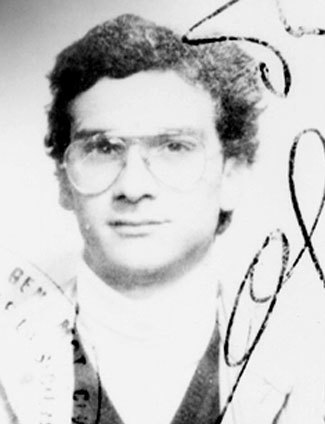
Denaro was arrested in 2000 in connection to the bombings in Capaci and Via D’Amelio in the early 1990s, and in 2002, he was sentenced to life in prison, though he has yet to actually serve that sentence as he’s managed to evade the police for the last decade, mobbing quickly between various homes of his mafia families throughout Italy.
Matthew “Matty” Madonna
Matthew “Matty” Madonna was the boss of the infamous Lucchese family from 2008 to his arrest in 2017. The Luccheses are one of the Five Families, whose power, influence, and infamous danger in association has been a thing of legend since the 1930s.
He was originally caught and briefly held on drug charges in 1959, during which time he met Nicky Barnes. After his release, Madonna began supplying Barnes with drugs.
They had a strong working relationship for many years, to the point that, when he was once again imprisoned and ordered to testify against Barnes and his associates, Madonna refused, serving a longer sentence as a result.
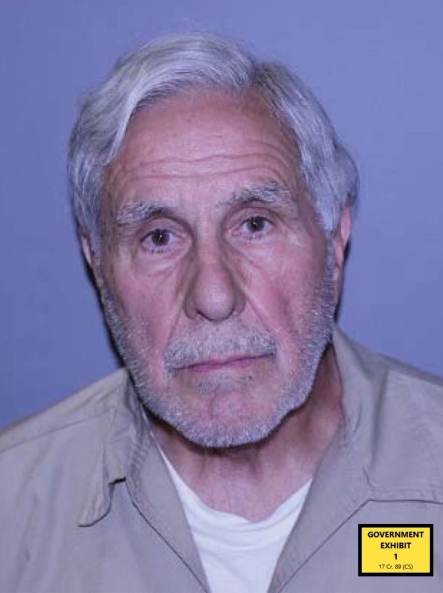
Upon his release, he was inducted into the Lucchese family and rose through the ranks until 2007, when much of the previous leadership was arrested and he – being released early – took over the operation in their stead.
During his stint as boss, Madonna handled a massive racketeering scheme, alongside other criminal activities that grossed around $400 million. He was eventually recaptured for arrest in 2015, and after five years of legal battles, various charges put through, dropped, and confirmed, Matthew Madonna was sentenced to life in prison in 2020. He is serving that sentence in Lewisburg, Pennsylvania.
Charles “Lucky” Luciano
Another classic gangster, Charles “Lucky” Luciano was born in Sicily in 1897 and moved with his family to the United States when he was 10.
By the age of 14, Lucky was already a well-known face in the New York criminal justice system. His nickname seems to be related to his ability to get out of dangerous situations alive, and was also attributed to him having a surprising amount of gambling luck.
So good at getting out of tight spots was he that Luciano had already risen to being a leader in the Five Points Gang in 1916, and by the 1920s, he was running bootlegging operations with famous names like Bugsy Siegel and Meyer Lansky.
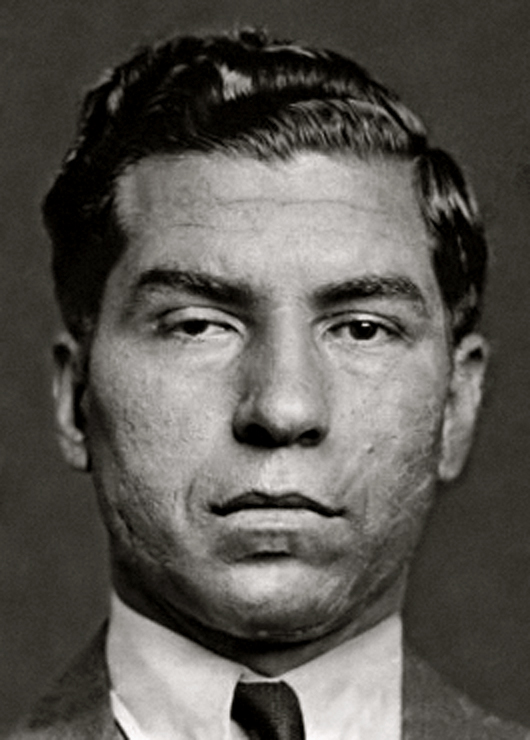
In 1928, he took the side of Salvatore Maranzano in the Catellammarese War between the crime families in New York and, when Maranzano came out on top, Luciano was promoted to his lieutenant.
Quickly, Luciano took Maranzano out and replaced him at the head of the New York Mafia. As such, he established the Five Families system that remains a threat today.
His reign couldn’t last forever, though, and in 1936, Luciano was arrested for charges relating to prostitution facilitation and sentenced to 30-50 years in prison.
After his release, he was deported to Sicily. He later moved to Naples and kept some influence over the Five Families from a distance until he was succeeded by Vito Genovese. He died in 1962 and was buried in the United States.
Meyer Lansky
Meyer Lansky may be one of the most important names in the entire history of organized crime. With an impressive career spanning from 1911 through to 1970, he had a hand in most major crime rings across the United States, Mexico, and Cuba.
Lansky immigrated to the United States from Russia in 1911 and got to work almost immediately, quickly becoming a part of pre-Prohibition and Prohibition era bootlegging campaigns in New York. He had partnerships with Bugsy Siegel and Lucky Luciano, which he used to create a far-reaching line of casinos and, allegedly, banks from the Big Apple to London and Switzerland, and down through Cuba and the Bahamas.
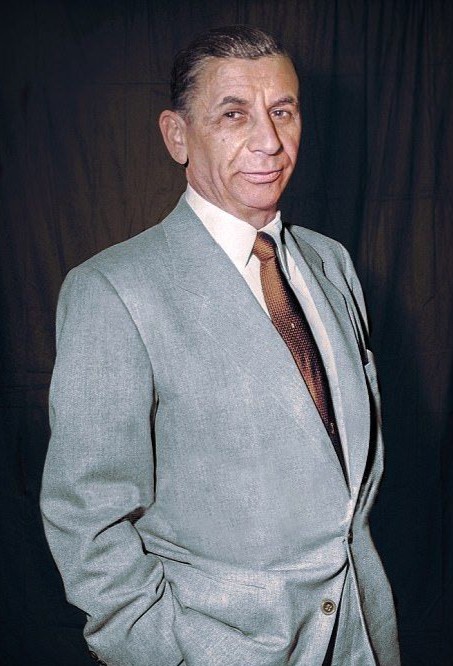
Often called “the Mob’s accountant,” Lansky’s calmer temperament and fiscal skill were put to use behind the scenes funding various jobs to advance his position both in his own rings and in the rings of his fellow bosses, especially after Luciano’s takeover in the early 1930s.
After the end of Prohibition, Lansky moved more heavily into gambling an in the 1940s, began working with Siegel to create the Flamingo Hotel, which he took over after Siegel’s death.
Lansky lived a relatively low-profile high life until he was finally arrested for federal tax evasion charges in 1970, after which time he tried to flee to Israel, but was returned to the United States for trial.
He was eventually acquitted, though his health had already deteriorate greatly, and in 1983, he died, leaving less than $35,000 in retrievable assets, though there are rumors he had far more than that stashed away.
Carlo Gambino
Did you know that the most famous mob movie of all time‘s titular character was at least partially inspired by the man who wore the moniker “The Godfather” in the hey-day of the mob? That man was Carlo Gambino, the original Don of one of the Five Families at their inception in New York City and a man who was an expert at evading the law.
Gambino was a small, quiet man hailing from Sicily, where he’d acted as a hitman for the Mafia before immigrating at 19 to the United States. As a young man, he worked for his cousin, Salvatore D’Aquila, whom he helped run bootlegging operations. He was caught for this in the early 1930s and served about two years behind bars. He was never caught again.
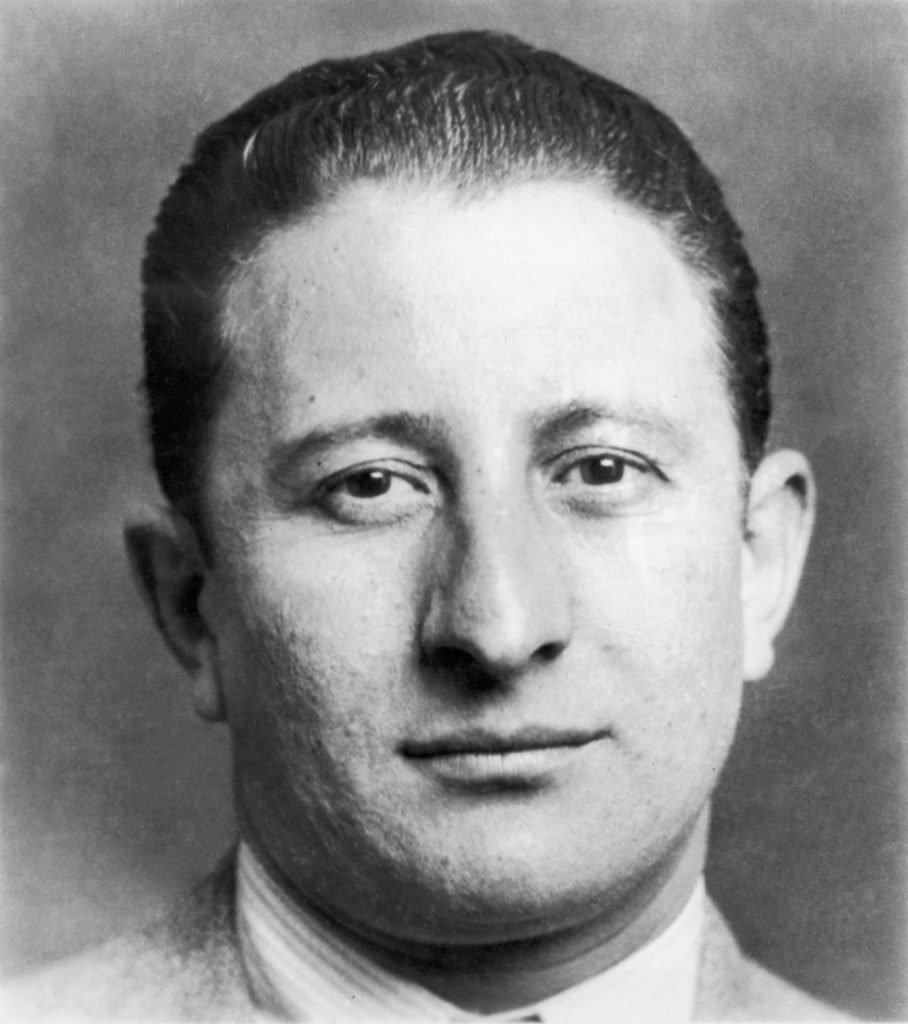
After D’Aquila was murdered by Giuseppe Maseria, Gambino joined Masseria’s gange and fought on their side during the underground turf wars of the 1930s that led to the creation of the Five Families, one of which – the one run by Vincent Mangano – Gambino took over a short while later. The family would later be named for him.
This boss’s methods were subtle: stick to classic rackets like white-collar schemes and labor manipulation, avoid the long sentences posed by narcotics trafficking to keep people from squealing, and stay behind the scenes as much as possible.
As you may have guessed from the movie he inspired, Gambino did end up marrying his son off to the daughter of another famous boss, which earned him status with other factions and cemented him in the top circle of the era.
This seemed to work as well, because, although the FBI attempted to nab him until well into the 1970s, they never managed it. The story goes that he would even invite agents to take coffee with him before they booked him, and still manage to get away before they could. Gambino was a free man until his death from heart disease in 1976 in Long Island.
Vito Genovese
Vito Genovese was as instrumental in the construction of the Five Families in New York City as he was in their destruction – it was through his work that the mob began to fall and the Golden Era of the Italian-American Mafia came to a close.
Genovese has a similar start to many other mobsters on this list; he was born in Naples, Italy, and moved to NYC at 15. By 19, he’d already been arrested once for gun possession and was making quick friends with Lucky Luciano, whom he would be partnered with for many years.
Genovese and Luciano were ruthless in their pursuit of power, killing their way to the top through all of the other main bosses on the scene in the 1920s and, in the 1930s, taking power for themselves.
Genovese acted as Luciano’s right-hand man, second in command of the Five Families and leading one branch that would be named for him, which still operates today. He even briefly acted as the Chairman when Luciano was arrested in 1936, but quickly fled to Italy to avoid murder charges.
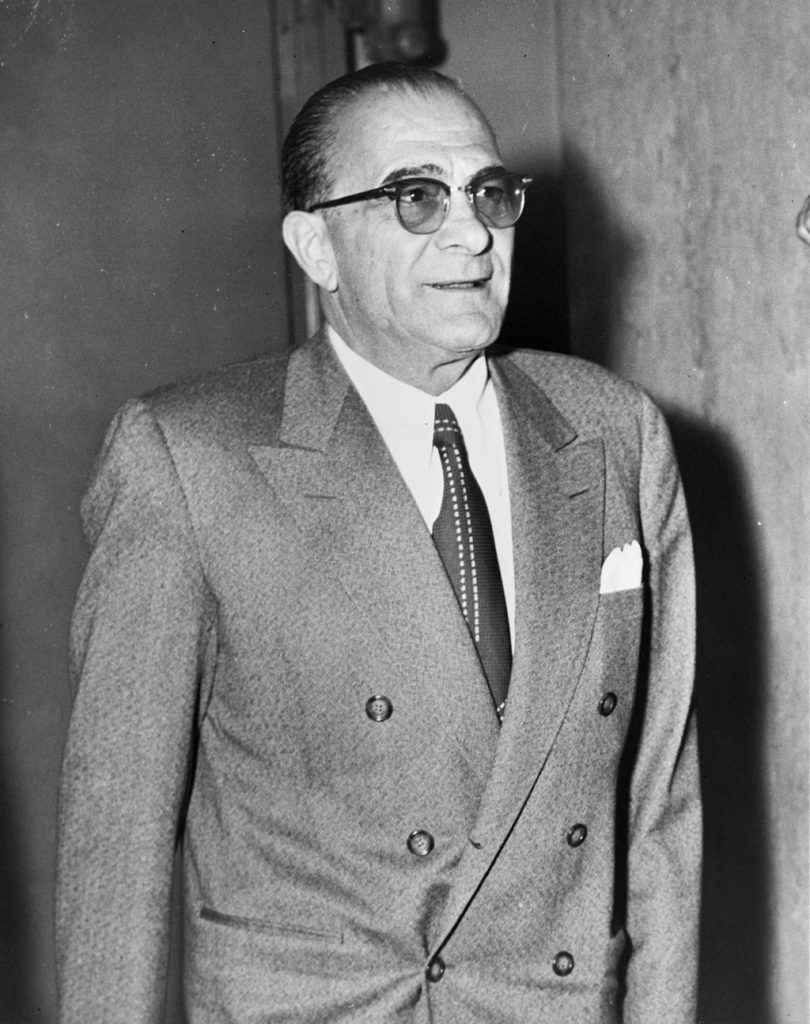
Even in Italy, Genovese was orchestrating the power of the American Mafia, forging connections with Sicilian and Italian gangs that ranged in power from local bosses to Benito Mussolini. His allegiance was never to Mussolini, however; during the second World War, Genovese offered his assistance to the American military in Italy.
Unfortunately, he was caught by Italian authorities during the war and, shortly after, returned to the United States to face trial for the murder of Ferdinand Boccia, the case he’d fled in 1936. He was imprisoned from 1945 to 1946, when the trial against him fell apart due to the death of two key witnesses.
When Genovese hit the streets again in 1946, he ordered the death of fellow mobster Frank Costello. The hit failed, but did force Costello into retirement, meaning Genovese was free to take up his place of power.
From this position, he called a meeting of dons to happen in November of that year in Apalachin, NY. Unfortunately, this infamous meeting was leaked to the local police and led to the arrest of more than 60 members of the mob.
Genovese himself evaded capture until 1959, when he was sentenced to 15 years for narcotic trafficking. He never finished his sentence; Vito Genovese died of a heart attack on February 14, 1969, leaving behind a legacy of blood and politics.
Frank Costello
Frank Costello is the third member of the trio of mobsters responsible for the creation of the Five Families in New York – he worked closely with Lucky Luciano and Vito Genovese for many years before eventually being overshadowed by them both. He was instrumental in the building and expansion of the family that would be named for Genovese, and profited from it for the majority of his life.
Costello was born in Italy and moved to the United States in 1895, where he quickly became an active member of Lower Manhattan’s Five Points Gang. He was jailed multiple times until 1918. It would be another forty years before he was arrested again.
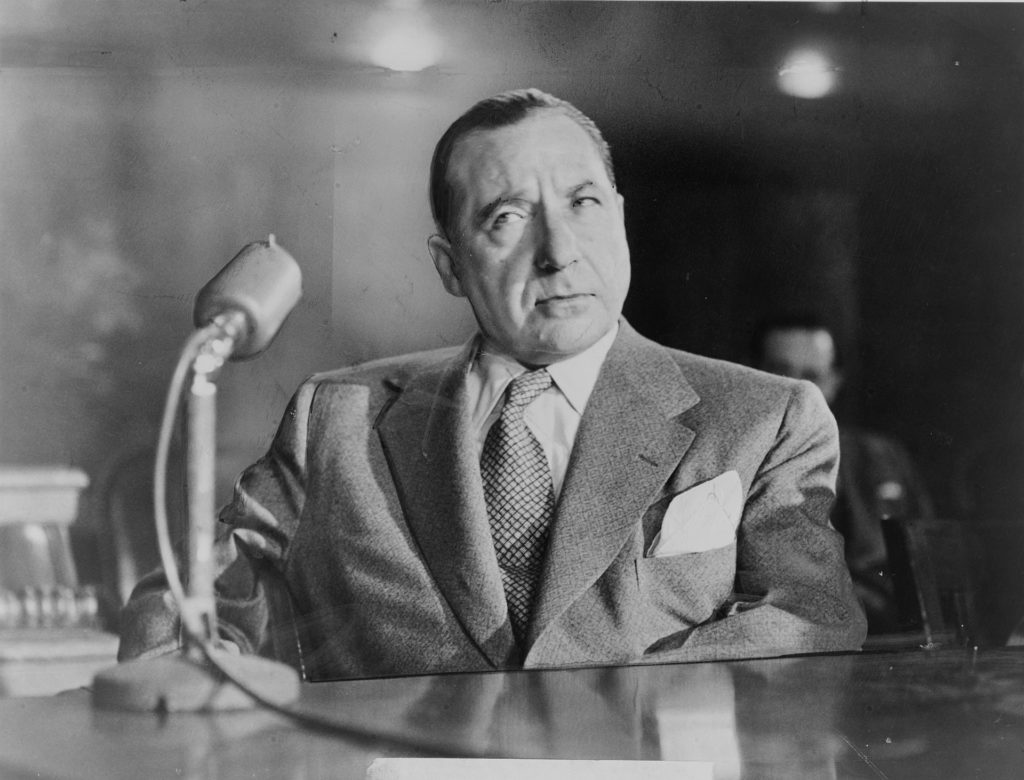
One of Costello’s main claims to power was his tie to Irish rum-runners under the leadership of Bill Dwyer. In 1926, both Costello and Dwyer were arrested for liquor importing, but only Dwyer was convicted, leaving Costello free to take over Dwyer’s operations.
Dwyer’s lieutenants weren’t happy about this and fought harshly against Costello’s management. While this did cost him some business, he remained a powerful and profitable rum-runner forcer.
In the 1930s, Luciano, Genovese, and Costello played both sides of the turf war between Maranzano and Maseria, after which Luciano took bloody control and established the Five Families with Genovese beside him and Costello as his main adviser, taking the third most powerful spot in the mob.
With this new influence, Costello was able to establish gambling and prostitution rackets as far as Louisiana and build up legitimate businesses under the mob’s control as well.
He held power until the 1950s, when a series of trials broke his public image of calm and power – by way of showing nervous habits and exposing the fact that Costello had seen a psychiatrist – and ultimately sent him to jail for several years. In 1957, Genovese ordered a hit on Costello that got him shot in the head.
He survived the attempt, but finally ceded control to Genovese and officially retired. He remained in passive control of some gambling rings for the rest of his life, and died of natural causes in 1973.
John Gotti
Known for his conspicuous public image and cocky sense of unreachability, John Gotti was the leader of the Gambino crime family following the murder of Paul Castellano in 1985. He was nicknamed the Teflon Don for his ability to dodge convictions using every trick in the book from jury tampering to witness intimidation.
Still, he wasn’t particularly popular with other mobsters, who considered him far too flashy and brazen with his actions; he brought too much heat down on their operations.
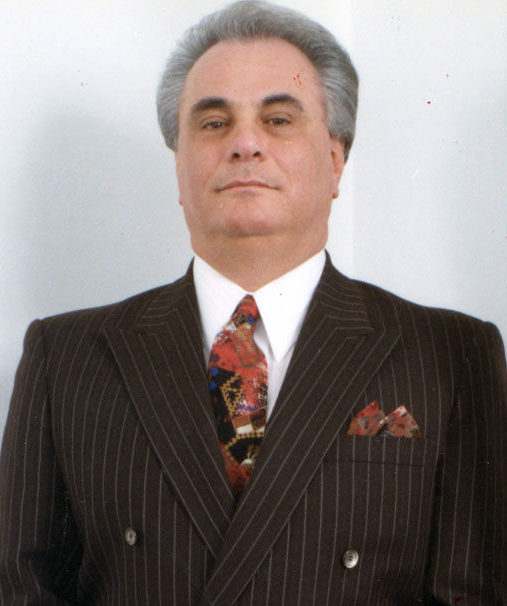
He was eventually betrayed by his lieutenant, Sammy “The Bull” Gravano, who testified against him in court in the early 1990s. This led to his eventual conviction for murder, conspiracy, and various financial schemes, among other charges.
The now-Velcro Don spent the rest of his life in prison. He died of cancer in 2002. After his death, his brother, Peter Gotti, took over the Gambino family, but he was only in charge for a year, after which time he was arrested for racketeering and went to prison.
Joe Bonanno
Joseph Bonanno was another one of the original Five Family leaders. Unlike his peers, though, he was content to do his work without the flashy suits and elegant five-star-hotel meetings. Instead, he conducted his crime family from his home in New York, where it’s said that he made steak and pasta for his guests.
He was rarely ever brought before the courts, and was only arrested for the first time at the age of 75 in 1980, when he was caught on conspiracy to obstruct justice following some money laundering through his sons’ businesses.
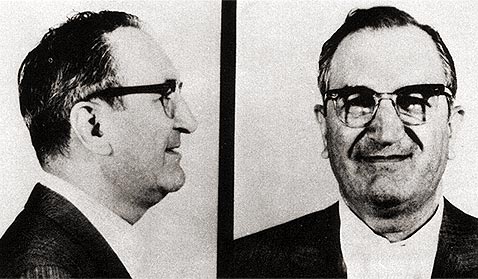
Before that, he was relatively free, and he served as a powerful figure in the American Mafia from the 1920s up through his retirement in the 1980s post-prison. His family was incredibly wealthy, through both legitimate and illegitimate means, and he served briefly as Chairman of the Board, making him one of the most powerful men of the Golden Era.
Still, he broke one tenant of the Mafia that most other mobsters dared not break: he wrote publicly about his life as a Don in his autobiography, “A Man of Honor,” published in 1983.
In the book, he detailed his illegal immigration in the 1926s to Brooklyn, and his Prohibition-era escapades with bootlegging and liquor rings.
He talked about what it was like to have the pressure of the American Mafia on your back, stating that he saw himself as a father and a sort of head-of-state in a precarious position of power. The criminal aspects of the operation were understated, written about mainly as “Our Tradition.”
Bonanno died at the age of 97 in 2002.
Joe Colombo
While he does have some impressive connections to the American Mafia – meaning that he was highly active in the Profaci family in the 1960s – what Joe Colombo is most well-known for is being one of the founders of the Italian-American Civil Rights League, or the IACRL.
This “civil rights” organization was used largely as a front for the Italian-American Mafia.
Colombo used his power with the organization to loudly boast his charity work and his views on the alleged mistreatment of the Italian American community in America in connection with the Mob, to the degree that the league became a constant presence in the trials of famed Mafia members including Colombo’s own son.
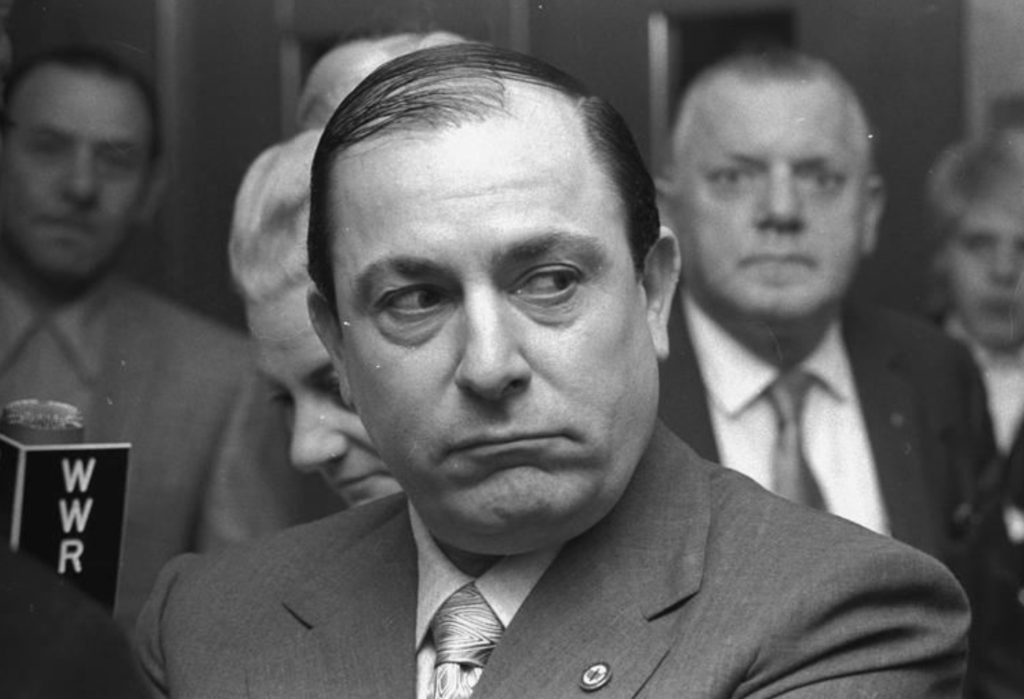
The organization grew to having 40,000 dues-paying members nationally and more than 100,000 people in attendance for the first Unity Day rally held in 1970. They even pulled a benefit concert from Frank Sinatra, and influenced legislation to limit the use of the terms “Mafia” and “Cosa Nostra” in FBI reporting.
This loud power and audacity didn’t hold, though, as in 1971 at the Unity Day festival in Columbus Circle, Joe Colombo was shot in the head by a man who’d claimed press credentials. Though he lived for seven years, he was permanently paralyzed and rendered comatose by the attack. Colombo died of a related heart attack in 1978.
Albert Anastasia
Albert Anastasia’s mafia history is as bloody and brutal as it is littered with other famous mobster names and contacts. Born in Calabria, Italy in 1902, he’s known now as one of the most dangerous members of the Golden Era mafia and has earned the name Lord High Executioner.
His reputation was solidified in the early 1930s when he played a key role in the murder of Guiseppe Masseria in the Castellammarese War on the side of Lucky Luciano.
Though the other members of his four-man gang are in question – Bugsy Siegal, Frank Costello, and Vito Genovese all come up – what is known is that he was never actually arrested for the murder, and in fact never served time behind bars for any of the three murders he was accused of.
This was largely due to the fact that the key witnesses in every case either flatly refused to testify against him or went conveniently missing before they could. In fact, in the 1940s, two informants in police custody died before they could be brought into the Anastasia trials happening at the time.
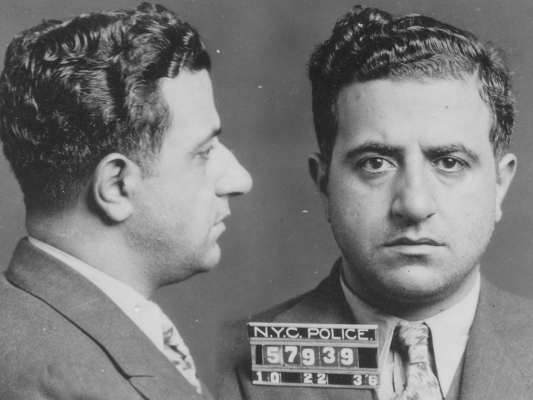
Surprisingly, Anastasia is also well known for having a prolific military career; he joined the US Army during the second World War and served until 1944 in New York, gaining citizenship and an honorable discharge for his service.
After the war, though, he became further embroiled in the bloody politics of the mob, and is said to have orchestrated the disappearance and death (respectively) of Vincent and Philip Mangano. This allowed Anastasia to rise to the top of one of the Five Families, where he stayed until his murder in 1957 by Gambino.
Vincent Gigante
Vincent “The Chin” Gigante entered the mafia ring later than many other big names on this list due to the fact that he was first a career boxer. Post boxing, he became an enforcer for the mob under the Luciano family (later to become the Genovese family). During this work, he was joined by three of his four brothers. The other brother, Louis, became a priest.
The Chin was known as the failed assassin of Frank Costello in 1957, after which time he was imprisoned for drug charges and moved his alliances to Vito Genovese, overseeing a small crew of his own after his release.
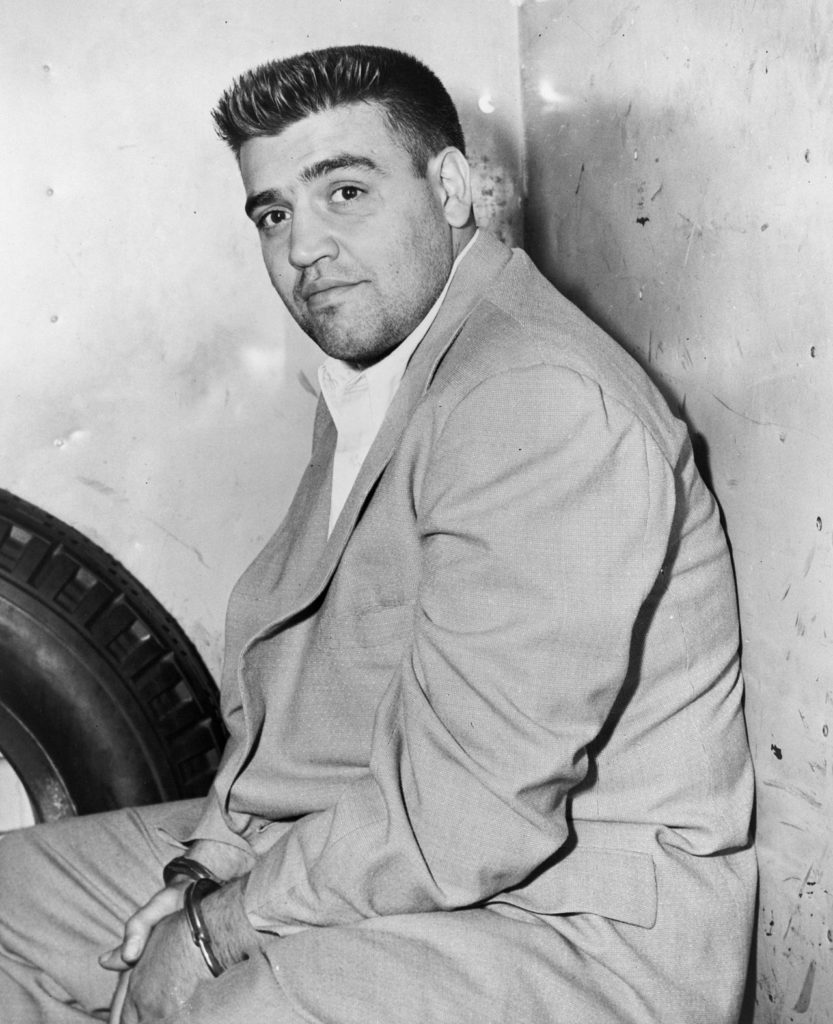
He gained power in the 1960s and 1970s, eventually becoming a boss in his own right and ruling his family until he officially earned the title of most powerful American crime boss in 1992.
To avoid convictions for his various crimes – murder, kidnapping, racketeering, drug trafficking, and others – he famous feigned insanity. This earned him the nickname of The Enigma in the Bathrobe, as he was known to wander his home of Greenwich Village in a bathrobe and slippers while mumbling.
This ruse worked for many years, until 1997, when he was charged with racketeering and conspiracy. Threatened with additional sentencing for obstructing justice, he finally admitted to faking insanity and was sent to prison for three years. He died in the United States Medical Center for Federal Prisoners in 2005.
Tony Accardo
Born to an Italian shoemaker and his wife in Chicago, Illinois in 1906, Anthony “Tony” Accardo was only employed legally as a young man, when he was a flower delivery boy and grocery clerk.
After that, it was all loyalty to the Circus Café Gang, and specifically, to Al Capone. Accardo served under Capone in the early days of the Chicago mob, acting as a hitman and later as Capone’s personal body guard.
Accardo’s most notorious hit was the Saint Valentine’s Day Massacre, which involved the death of several rival gang members in the SMC Cartage Company garage, although he was never arrested for it. He was also the perpetrator of many of Capone’s savage hits; if Capone was the brain of the Chicago mafia, Accardo was the brawn.
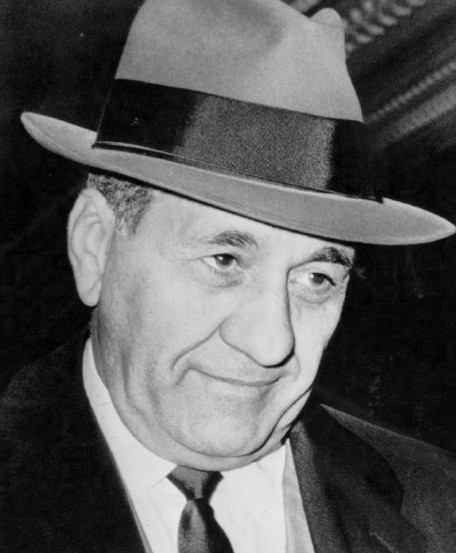
After Capone’s arrest in 1931, Accardo became an underboss in his own right, taking over a portion of the mob and remaining in control until about 1960, when he was arrested for tax evasion, though the charges would shortly be overturned for jury prejudice.
After this arrest, he was brought before the Senate a number of times and invoked the Fifth Amendment a shocking 172 times to deny association with the mob, though never association with the mobsters themselves.
Accardo died of heart and lung disease in 1992.
James “Whitey” Bulger
James “Whitey” Bulger was a high-level member of the Irish mob in Boston in the 1950s all the way up through the early 2000s. What his mob partners didn’t know, however, was that Bulger acted as an FBI informant from at least 1974 on.
After a few stints in federal prison – including volunteering for experiments involving LSD for a shorter sentence – he began working with FBI agent John Connolly and fellow informant Stephen Flemmi to take down the Italian Mafia.
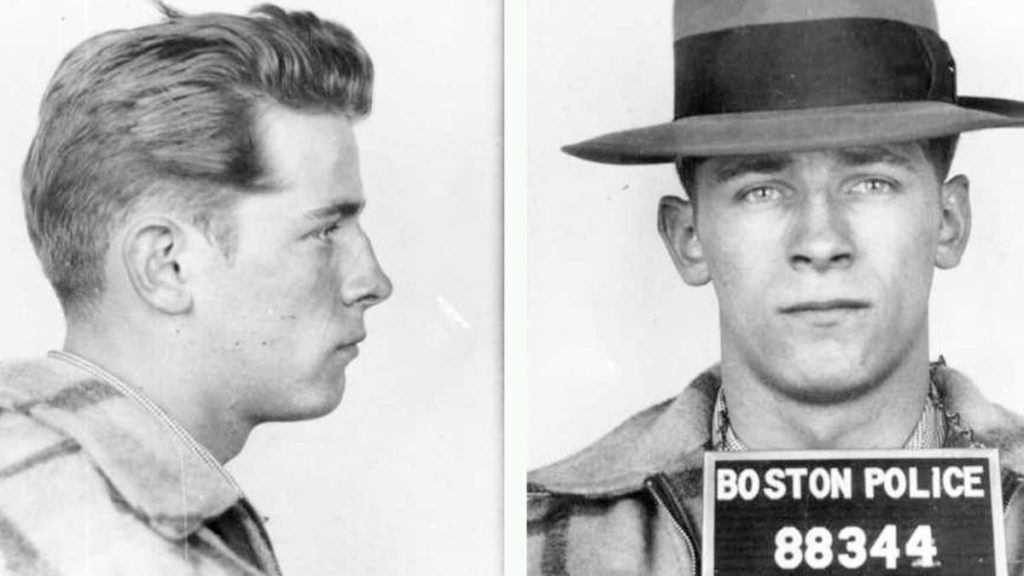
Because of these connections, he was often protected from the worst sentencing and sometimes even from arrests at all. This culminated in a tip in 1994 from Connolly that Bulger was to be arrested, leading him to go on the run for 16 years until he was finally arrested in 2011.
Bulger spent the rest of his life in prison (only after securing a life sentence for Connolly as well, in connection with murders committed by Bulger), going between federal prisons until, at the age of 89 in 2018, he was gruesomely murdered by other inmates at the Hazelton federal prison in West Virginia.
Raymond Patriarca Sr.
Known in some circles as “Il Patrone,” Raymond Patriarca Sr. was the son of Italian immigrants who moved to Providence, RI, and spent the majority of his life there. He rose to power in the 1940s after a youth filled with convictions and bootlegging, taking over the crime family that would come to be named for him.
During his reign, Patriarca was said to control the vast majority of the Northeast, with kickbacks coming to him from every criminal ring in the local area and several beyond it.
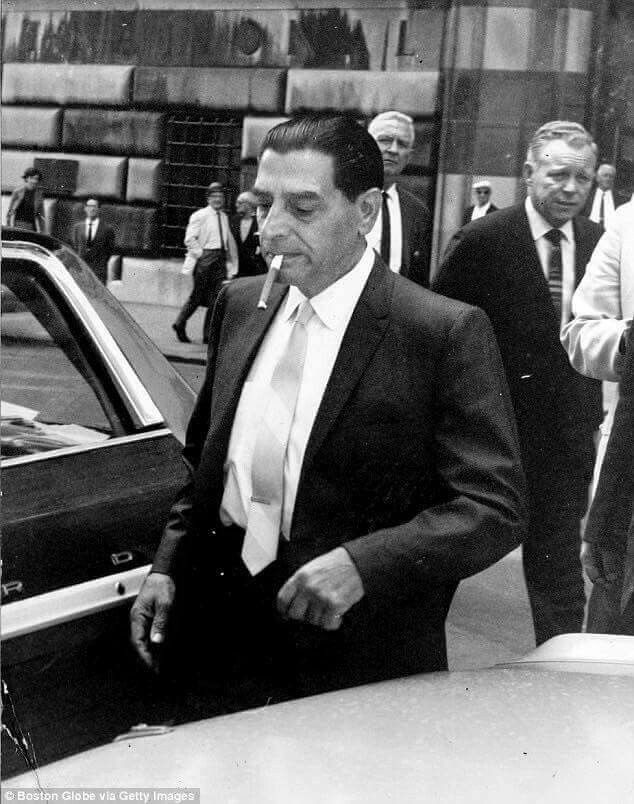
He was known as a ruthless leader who ran his syndicate with an iron fist so tight that he frequently pitted blood relatives against each other. He even ordered the death of his own brother, as well as several members of rival gangs in a bid to take over their territory.
This reign of terror couldn’t last forever, though, and in 1970, he was finally convicted of conspiracy to murder and sentenced to 10 years in prison. Still, this didn’t completely stop Patriarca’s mob; he continued to run most of his operations from behind bars until his death from a heart attack in 1984.
Carmine Persico
Carmine “The Snake” Persico was born in 1933 in Brooklyn, and was working the mob scene from a very early age. He started leading the Garfield Boys – a violent street gang – at only 16, and was in and out of prison for his entire life. He’s rumored to have been involved in the murder of Albert Anastasia, though he was never charged.
What is known is that he participated in the Colombo wars for the Colombo crime family in New York, acting on the side of the Gallos until they betrayed him in 1963.
